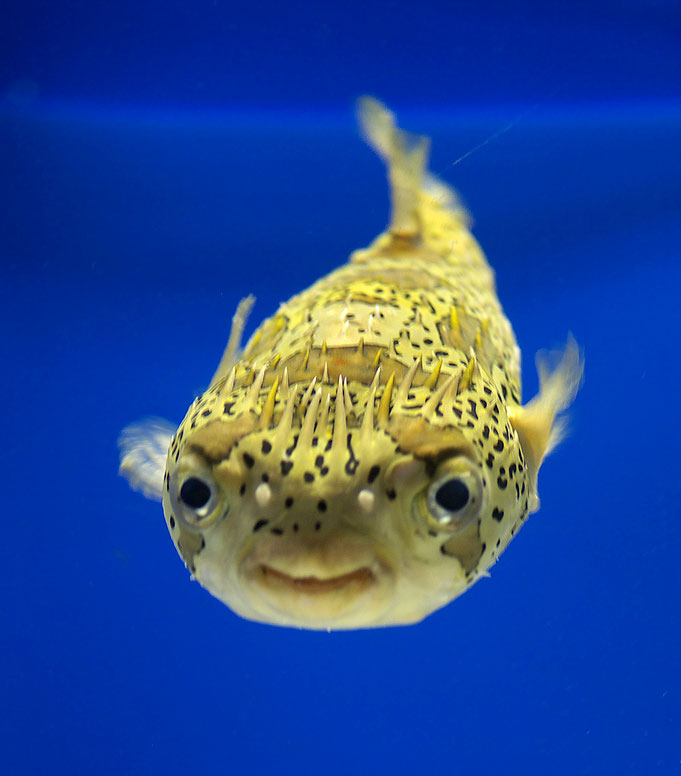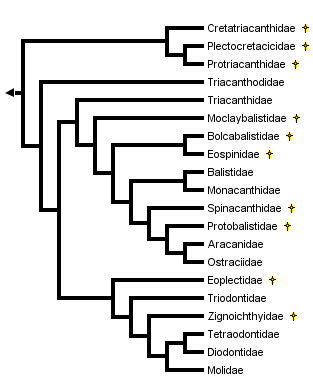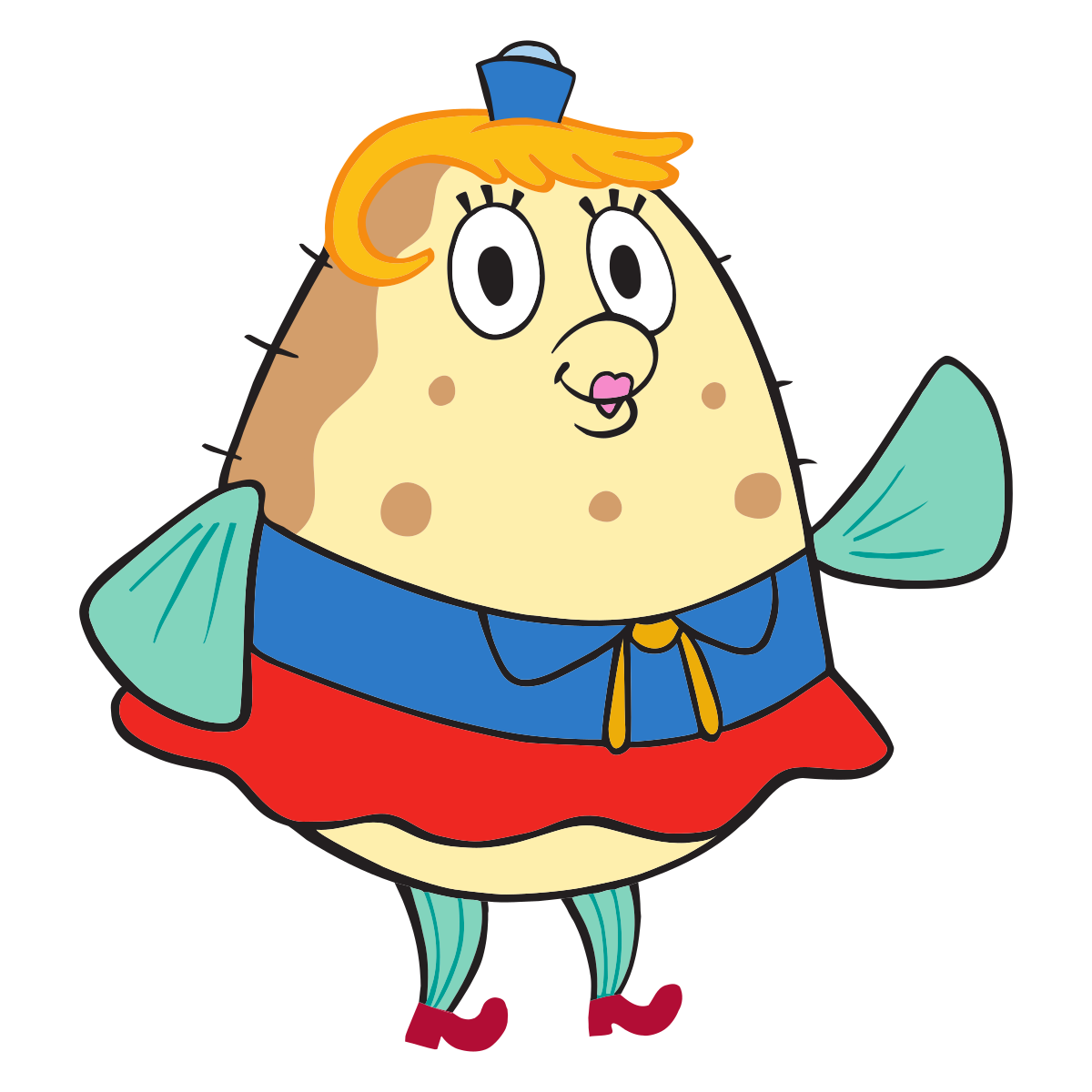The paper we are discussing today it… (drum roll, please…) “Analysis of Population Genetics of the Endangered Nile Pufferfish Tetraodon lineatus (Linnaeus, 1758) in the Upper Egyptian River Nile” written by Khaled Mohammed-Geba, Aldoushy A. Mahdy, Ahmed S. A. Eissa, and Alaa G. M. Osman. This was published in 2016 in the International Journal of Ecotoxicology and Ecobiology. pages 60-66.
The overall purpose of this paper was to design a study the genetic diversity and conservation of the Tetraodon lineatus for the first time in Egypt and in Africa.
Some important key words that is necessary to know when reading this paper are the following:
Cytochrome C: a heme protein located in the inner and outer mitochondrial membrane where it transfers electrons of the respiratory chain. (1)
DNA Barcoding: method for identifying organisms based on short standardized fragments of genomic DNA (2)
PCR: stands for Polymerase Chain Reaction, method used for making several copies of a specific DNA segment. (3)
Haplotype: set of DNA variations that tend to be inherited together. This can refer to a combination of alleles found on the same chromosome. (4)
Hypothesis: This paper hypothesis focuses on if there is a loss of the population and potential bottle neck then the species in question is to be considered endangered.
Some ways that they achieved this is by the first step, sampling and sample preservation. During this point of the experiment, they obtained forty five samples of the Tetraodon lineatus from the lakes of Nasser, Aswan, and Edfu in upper Egypt. These fish were dissected and taken 100 mg samples of liver tissue. Next they extracted the DNA by taking the liver sample, incubated, then boiled in a 100 degree celcius water bath and then stored at 4 degrees celsius until the DNA is amplified. Next they did a PCR analysis for the target region of the COI gene. Once this was complete, they sequenced the genes.
For me, it is not so much the results that relate to my field of study, but rather the methods by which they conducted the experiment. Being that I am in the laboratory field, using PCR and DNA extraction is something I do on a daily basis and use to answer questions everyday.
I believe these findings apply to a broader issue in the world by exemplifying how species are going extinct due to the amount of toxicity in the rivers and water supply.
If you all would like to read more about it, here is the link!
Other sources:
- Https://www.sciencedirect.com/topics/neuroscience/cytochrome-c
- https://www.sciencedirect.com/topics/biochemistry-genetics-and-molecular-biology/dna-barcoding
- https://www.ncbi.nlm.nih.gov/probe/docs/techpcr/
- https://www.google.com/searchq=haplotype&oq=haplotype&aqs=chrome.0.69i59j0l7.2550j1j4&sourceid=chrome&ie=UTF-8





:quality(75)/curiosity-data.s3.amazonaws.com/images/content/thumbnail/standard/88ea0621-80f6-47b3-fd25-014382f4f49b.png)
